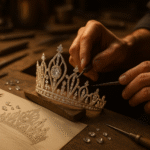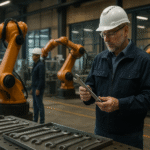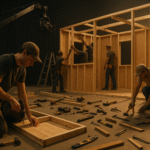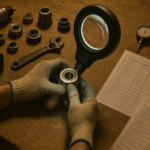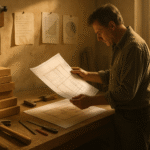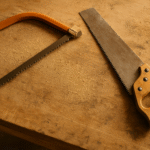The modern workshop is no longer just a space filled with tools — it’s a network of intelligent systems, sensors, and adaptive devices that work together to make building faster, safer, and more precise. For many makers, the appeal of a “smart workshop” lies in convenience and control. Yet, as automation becomes more capable, one question remains: how do you let your workshop think for you without letting it decide for you?
The idea of the connected workshop isn’t new, but in 2025 it’s more accessible than ever. Bluetooth-enabled drills, automated dust collection systems, and AI-assisted measurement tools have turned traditional benches into intelligent workstations. As explored in Inside the Smart Workshop: Connected Tools That Think for You, these systems communicate seamlessly, calibrating themselves to your habits and material preferences. They log performance data, adjust torque automatically, and even suggest maintenance before breakdowns occur. It’s a silent layer of intelligence that sits beneath the noise of creation — always learning, always optimizing.
Still, every advancement brings a subtle trade-off. The more a system learns, the more control it assumes. Makers who once relied on intuition now depend on prompts, notifications, and automated settings. The danger, as mentioned in The AI Toolbox: Will Smart Tools Replace Skilled Craftsmanship?, is that precision can overshadow practice. The workshop that once trained your hands may now only train your patience with software updates. True craftsmanship, however, isn’t about surrendering control to technology — it’s about using it to extend your capabilities.
A well-designed smart workshop blends assistance with awareness. Automation should support, not dictate. For example, an AI-powered saw that adjusts its angle can save time, but it should still allow manual overrides. A connected charger that tracks energy usage should inform your habits, not restrict them. This kind of cooperation mirrors the principles of Workshop of the Future: How AI + IoT Will Automate Your Tool Bench — efficiency through partnership between human and machine. When systems provide information rather than decisions, the maker remains in charge of every outcome.
Building a workshop that “thinks” also means designing one that learns responsibly. Start small — add smart chargers, data-enabled batteries, or connected air filters. These low-risk integrations give you real-time feedback without forcing major workflow changes. Over time, expand into automation that adds measurable value, like adaptive lighting or programmable workstations. This incremental approach keeps your environment intuitive, preventing technology from outpacing your skill development. As Repair, Don’t Replace: The New Ethics of Modern Craftsmanship emphasizes, the most advanced workshop is still one that you understand completely — not one that simply runs itself.
Ultimately, the goal of a smart workshop isn’t to replace your role but to refine it. Let the systems handle repetition and precision so your focus can return to design, creativity, and problem-solving. When technology becomes a collaborator rather than a commander, it enhances your craftsmanship instead of eroding it. The workshop of the future doesn’t just react — it responds intelligently, adapting to you as much as you adapt to it. That’s how a space truly starts to think for you, without ever taking control.


